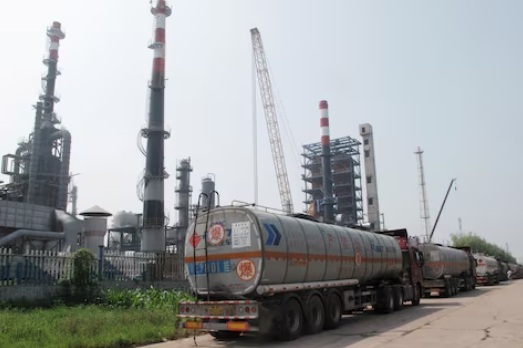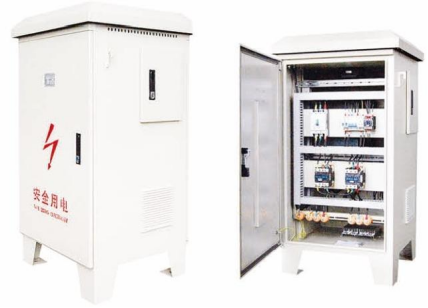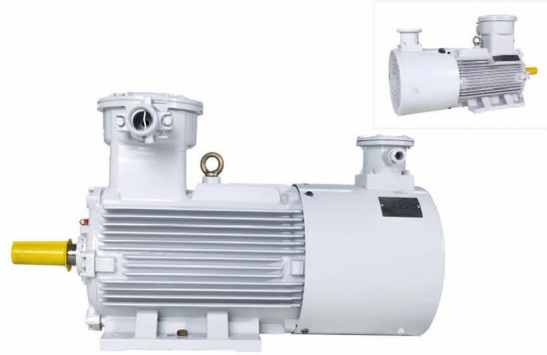Wedoany.com Report-Apr. 7, Operating rates at China’s independent oil refiners in Shandong province, often called teapots, have recently increased slightly, reaching 46% capacity in March 2025, according to Oilchem, a local consultancy. This marks the first rise in three months, following a dip below 45% in early February—the lowest in at least two years. Despite the uptick, these refiners face ongoing challenges due to weak domestic fuel demand and external supply uncertainties, analysts and industry sources report.
A Shandong Haiyou Petrochemical Group refinery is seen in Ju county, Shandong province, China July 25, 2018.
Teapots, representing a quarter of China’s refining capacity, are major buyers of discounted crude from Russia, Iran, and Venezuela. However, U.S. sanctions introduced in January 2025 have disrupted these flows, particularly from Russia, pushing refiners to scale back operations. Combined with softer demand within China and new fuel oil tariffs from Beijing, many teapots advanced maintenance schedules to January and February. March’s improvement stemmed from increased crude shipments from Russia and Iran, facilitated by non-sanctioned tankers entering the trade, though rates remain well below the 65% seen in late 2023.
In contrast, China’s state-owned refiners are running at over 75% capacity, per Oilchem data. Consultancy FGE notes that Shandong teapots processed 50,000 more barrels per day (bpd) in March, after a steep decline of 400,000 bpd from December 2024 to February 2025. Looking ahead, FGE’s China oil analysis head, Mia Geng, expects runs to rise further in April and May as diesel demand improves seasonally, yet stay 250,000 bpd below last year’s levels. Falling global oil prices since mid-January and planned maintenance at state-run Sinopec facilities—reducing 1.8 million bpd in April and 1.2 million bpd in May—may also support teapot operations.
Supply risks persist, however. Additional U.S. sanctions on Iran, anticipated in the near future, could tighten crude availability and squeeze profitability, Geng warned. These refiners, focused on transportation fuels, also face competition from China’s expanding electric vehicle use and the shift to liquefied natural gas for trucks. A China National Petroleum Corp think tank forecasts a 3% drop in gasoline and diesel consumption for 2025, following declines of 3% and 5% in 2024.
Recent trade tensions add further complexity. On April 2, 2025, U.S. President Donald Trump imposed new tariffs, prompting China to respond on April 4 with a 34% tariff on U.S. goods. This escalation raises concerns about weakened fuel demand amid a potential global trade slowdown. Supply issues intensified after the U.S. sanctioned Shandong-based teapot Shouguang Luqing Petrochemical in March, targeting Iran ties. Rystad Energy’s Janiv Shah suggests teapots may turn to Russia, Brazil, or Middle Eastern suppliers if Iranian crude becomes costlier, or reduce runs further. Such shifts could affect China’s fuel exports and heighten volatility in Asian and global oil markets.

















